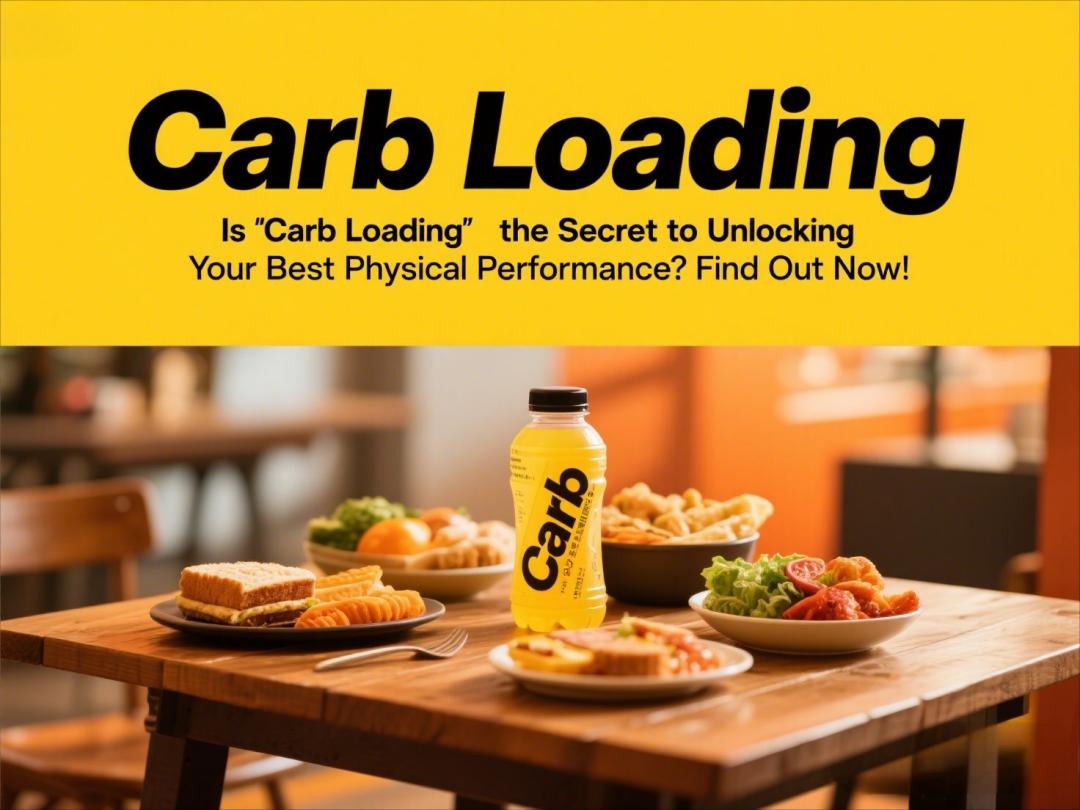Carb loading isn't just some trendy buzzword—it's a legit strategy used by athletes and fitness enthusiasts to maximize performance, especially before endurance events like marathons or triathlons. The idea is simple: by increasing your carb intake in the days leading up to a big event, you're essentially topping off your body's glycogen stores, which act like fuel reserves for your muscles. Think of it as filling up your gas tank before a long road trip. But does it work for everyone? And how do you do it right without ending up feeling like a bloated balloon? Let's break it down.

Your body primarily uses two energy sources during exercise: fat and glycogen (stored carbs). While fat is great for low-intensity activities, glycogen is the go-to fuel for high-intensity or prolonged efforts. The catch? Your muscles can only store so much glycogen—about 400-500 grams for the average person. Carb loading helps push that storage capacity closer to its max, giving you more energy to tap into during long workouts or competitions. Research shows that properly executed carb loading can improve endurance performance by 2-3%, which might not sound like much, but in a race, that could mean shaving off precious minutes.
This strategy isn’t a one-size-fits-all deal. If you're an endurance athlete—think marathoners, cyclists, or swimmers logging serious miles—carb loading can be a game-changer. But if your workout is under 90 minutes or mostly strength-based? You probably don’t need it. Sprinters and weightlifters, for example, rely more on immediate energy systems (ATP and creatine phosphate) rather than glycogen stores. Overloading on carbs when you don’t need them can just lead to unnecessary water retention and discomfort.
Timing and balance are key. The classic approach involves tapering exercise while ramping up carbs 2-3 days before an event, aiming for 7-10 grams of carbs per kilogram of body weight. But don’t just inhale a family-sized pasta bowl and call it a day—focus on complex carbs like whole grains, sweet potatoes, and oats, paired with moderate protein and low fat to avoid digestive issues. Some athletes swear by a "depletion phase" (a hard workout followed by low-carb eating) before loading, but this can backfire if you’re not careful, leaving you fatigued instead of fueled.
Ever heard someone say, "I carbo-loaded last night with a pizza and ice cream binge"? Yeah, that’s not how this works. Loading up on junk food or simple sugars can spike blood sugar and leave you crashing mid-event. Another rookie mistake? Ignoring hydration. Carbs pull water into your muscles, so skimping on fluids can lead to cramps or dehydration. And don’t wait until the night before—proper loading takes days, not hours.
While carb loading won’t turn a couch potato into an Olympian, studies confirm it can delay fatigue in endurance athletes by 20% or more. That said, it’s not magic—you still need training and proper nutrition overall. Some athletes report feeling sluggish or heavy during the loading phase, which is why trial runs (literally) are crucial. Test your strategy during training to see how your body responds. And remember: if you’re not competing or pushing long durations, the extra carbs might just end up as extra padding.
So, is carb loading the secret to unlocking peak performance? For endurance athletes, absolutely—when done right. For everyone else? It’s probably overkill. The key is knowing your body, your sport, and your goals. And maybe keeping a few extra sweet potatoes on standby, just in case.
























